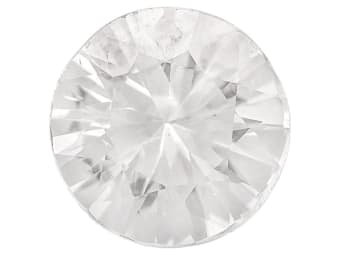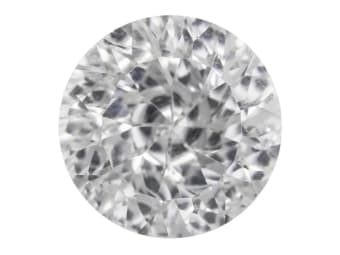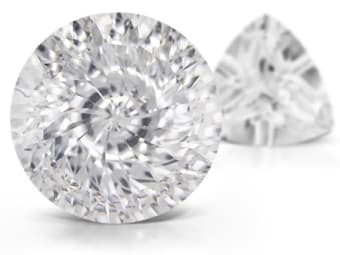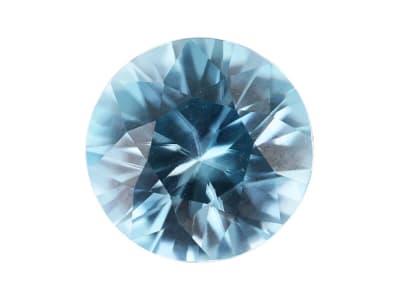Introduction
We understand if it's difficult to differentiate zircon from synthetic cubic zirconia(CZ). While zircon and cubic zirconia have similar appearances and names, that's where the similarities end. Zircon and CZ are often mistakenly believed to be the same gemstone, however, the two do not share the same chemistry or crystal structure. To help you understand the differences between these two diamond simulants, here are a few facts about zircon and cubic zirconia.
Zircon
Zircon is one of the oldest naturally occurring gemstones in the world, older even than diamond. One crystal found in Jack Hills, Australia was determined to be 4.375 billion years old! This ancient gemstone was also used by ancient people. There are several places in the Old Testament where zircon is mentioned, the most notable being in Exodus, described as one of the gems in the breastplate of Aaron.
Zircon has a Mohs Hardness of 6.5 - 7.5, a hardness similar to an unglazed porcelain bath tile or an amethyst. Zircon's diamond-like luster and tremendous fire have made colorless zircon a popular diamond simulant, as well as a December birthstone. Some zircons are even known to have a cat's-eye effect, and they come in a variety of colors. Zircon's many attributes make it a gem to cherish based on its own merits.

Cubic Zirconia
Cubic Zirconia (CZ) is one of the best-known, man-made diamond simulants. It is also a synthetic gemstone, possessing the same physical, optical and chemical properties as naturally occurring cubic zirconia, which was discovered in the 1930s as inclusions in a natural zircon crystal. Though the German mineralogists were excited about their find, the microscopic crystals were too small to ever be used in jewelry. As of today, no natural CZ exists in the marketplace.
A process to synthesize CZ became available in the 1970s and soon it became an extremely popular and affordable diamond simulant. CZ is typically free of inclusions but occasionally contains small gas bubbles or zirconium oxide, remnants of its growth in the laboratory. It has a Mohs hardness of 8.5; a hardness comparable to a masonry drill bit or slightly harder than a topaz. It's luster is like that of a diamond and comes in a variety of colors by adding different color-causing elements, producing gemstones such as synthetic sapphire cubic zirconia and synthetic ruby cubic zirconia, as well as many other colored gemstones.

Conclusion
So while zircon and synthetic cubic zirconia may appear to be the same stone and have similar, oft-confused names, they are vastly different stones. The most important difference to remember is that zircon is a naturally occurring mineral while CZ, even though it has been found in nature before, is a lab-created gemstone and is, therefore, not natural and not considered a mineral. Both of these gemstones are beautiful, convincing and affordable simulants for diamond.

